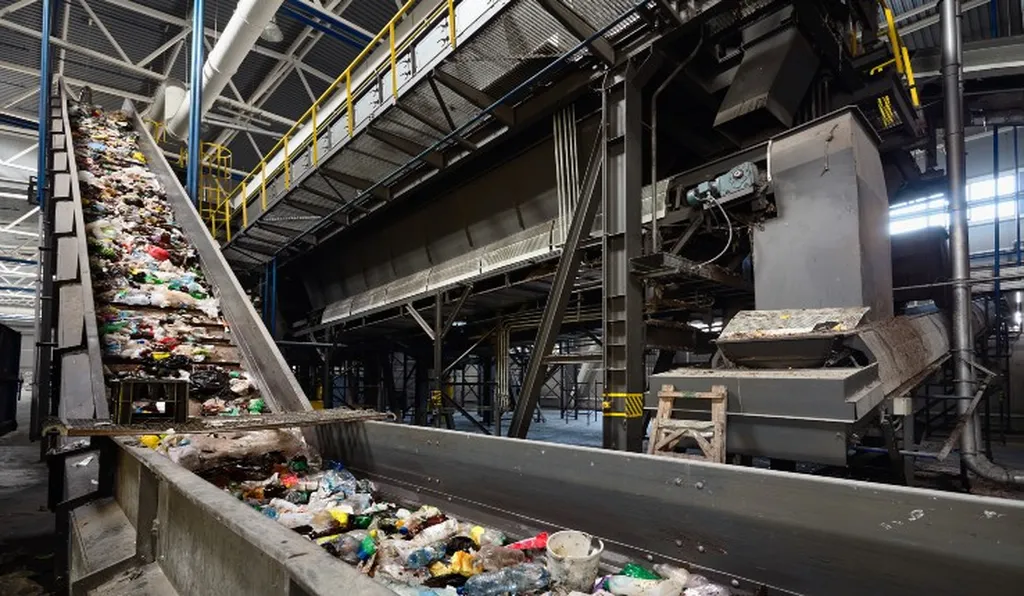In the heart of North Carolina, Matthew Chidozie Ogwu, a researcher from Appalachian State University’s Goodnight Family Department of Sustainable Development, is tackling a global crisis: waste management. His recent review, published in *CleanMat* (translated to English as *Clean Materials*), sheds light on innovative approaches to recycling, upcycling, and downcycling, offering a beacon of hope for sustainable waste management and the energy sector.
Ogwu’s work emphasizes the urgent need for forward-looking solutions rooted in circular economy principles. “The mounting global waste crisis demands that we rethink our approach to material flows and resource efficiency,” Ogwu asserts. His review highlights how advanced technologies are revolutionizing recycling, making it more efficient and effective.
One of the key innovations Ogwu discusses is the integration of artificial intelligence (AI) into sorting processes. AI-driven systems can now identify and separate materials with unprecedented accuracy, enabling the recovery of high-purity materials from complex waste streams. This technological leap is not just an environmental win; it’s a commercial opportunity for the energy sector. By recovering valuable materials that would otherwise go to waste, energy companies can reduce their reliance on virgin materials and lower their production costs.
Upcycling, another focus of Ogwu’s review, is equally promising. This process involves transforming waste materials into higher-value products, reducing dependency on virgin materials, and contributing to sustainable production systems. “Upcycling leverages design thinking, biotechnology, and creative engineering to generate products that are not only sustainable but also commercially viable,” Ogwu explains. For instance, waste from the energy sector could be upcycled into construction materials, textiles, or even agricultural products, opening up new revenue streams.
Downcycling, while resulting in lower-value outputs, remains essential for diverting residual waste from landfills. It supplies secondary materials for various industries, including construction, textiles, and agriculture. Ogwu’s review underscores the importance of integrating these approaches into a comprehensive waste management strategy.
The review also delves into the role of policy instruments, market-based incentives, and community participation in shaping the success of waste valorization efforts. Ogwu notes that comparative insights from both industrialized nations and the Global South reveal that integrated, context-specific waste management approaches can significantly improve material recovery rates while minimizing environmental footprints.
So, what does this mean for the future of waste management and the energy sector? Ogwu’s research suggests that harmonizing technological innovation with participatory governance and life cycle thinking is key. By advancing systems-based modeling, expanding life cycle assessment tools, and fostering interdisciplinary collaborations, we can optimize the performance, profitability, and sustainability of circular waste management systems.
As climate change and urbanization continue to pose challenges, Ogwu’s work offers a roadmap for a more sustainable future. It’s a call to action for the energy sector to embrace these innovative approaches, not just for environmental reasons, but for economic ones as well. After all, in the words of Ogwu, “Sustainability and profitability are not mutually exclusive; they are two sides of the same coin.”

